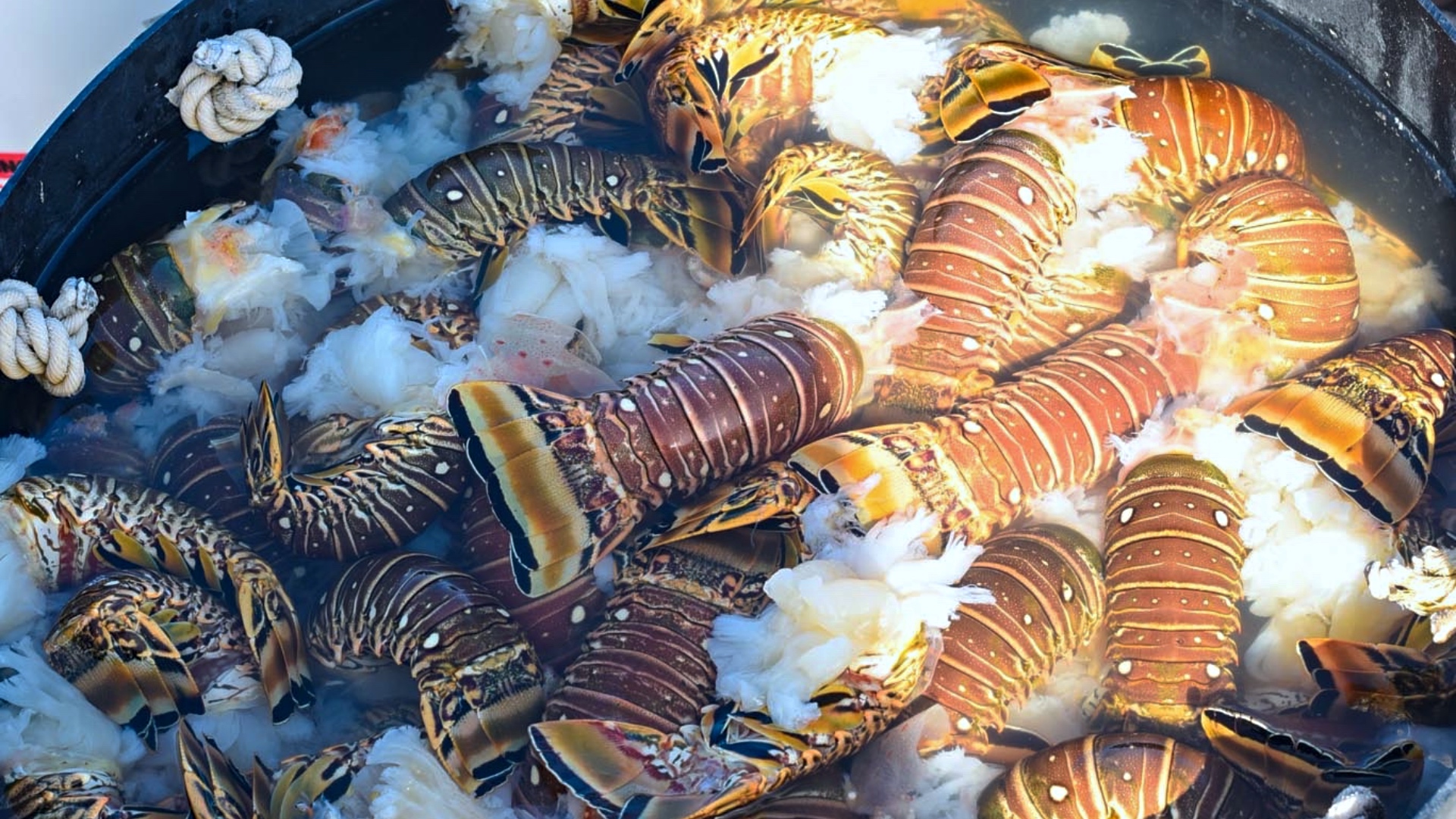
The History, Sustainability, and Prosperity of Belize Lobster Festivals
Belize is renowned for its year-round festivals, promoting culture, community, and cuisine- to name a few! Among these many festivities, Caye Caulker, San Pedro, and Placencia celebrate the spiny lobster season with the well-known lobster festival. Travellers and locals alike look forward to Belize lobster festival to indulge in delicious dishes that push the boundaries of a typical grilled lobster. While the weekend is packed with activities and parties, it’s essential to highlight the festival’s deeper significance to the various communities and their commitment to sustainable fishing practices.

The Origin of Belize Lobster Festivals
The Caye Caulker Lobster Fest, the pioneer among Belize lobster festivals, began in July 1994. It originated from fundraising barbecues organized by the Islanders Veterans Football Club. Initially, the club sold various types of meat at their fundraisers; however, lobster became an instant hit, leading to the creation of a full-fledged lobster festival.
Four years later, in 1998, the Belize Tourism Industry Association Placencia Chapter and the Placencia Village Council established the Placencia Lobster Festival to generate revenue during the green season. The festival has grown from a modest event on concrete pavement near a gas station to a lively celebration at Placencia Point offering the perfect blend of sun, sand, and seafood!
San Pedro followed the same strategy to boost tourism during the slow season, launching its lobster festival in 2007. The San Pedro Business Association recognized the potential of the lobster season to draw visitors and created a celebratory pre-party followed by an official opening and a block party. The San Pedro Lobster Festival has evolved from a three-day event to a two-week extravaganza featuring the popular lobster crawl, where restaurants serve up delectable lobster dishes as a part of their menus.
Sustainable Lobster Fishing in Belize
Though all lobster festivals have grown into a global sensation, it is equally important to emphasize the sustainable lobster fishing in Belize. The lobster season runs from July 1 to February 28, with organizations like the Belize Fisheries Department regulating the lobster catch to a minimum weight of 4 ounces and a minimum carapace length of 3 inches. With the event contributing a significant economic boost for each community, fishers and restaurateurs make it their duty to abide by the laws to ensure longevity of the precious crustacean.
Anglers have been passing down their expertise from generation to generation, teaching them traditional techniques and learning new methods of capturing lobster. Lobster traps and diving with a hook were the primary ways of fishing for lobster in Belize. Now, anglers use lobster shades, a narrow yet wide structure for lobsters to make a home, making it easy for anglers to retrieve them.
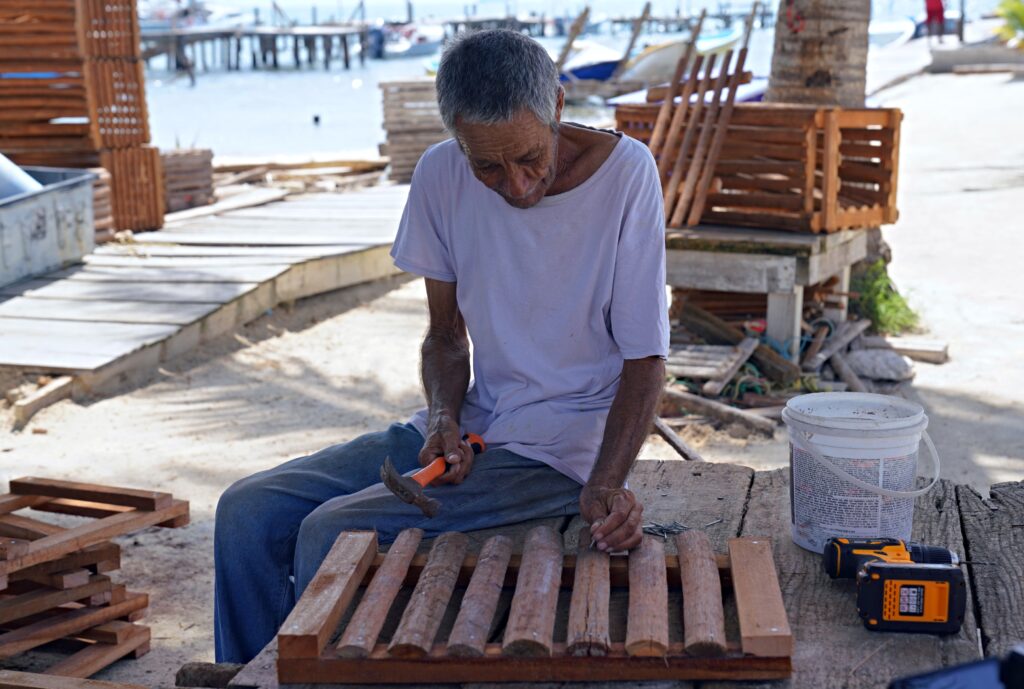
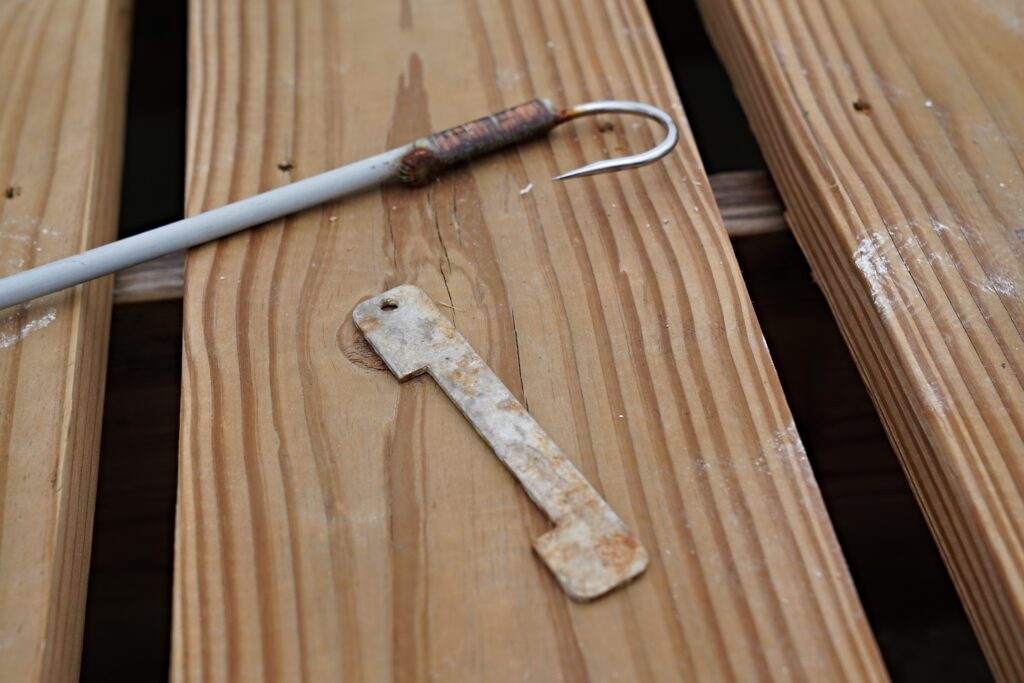
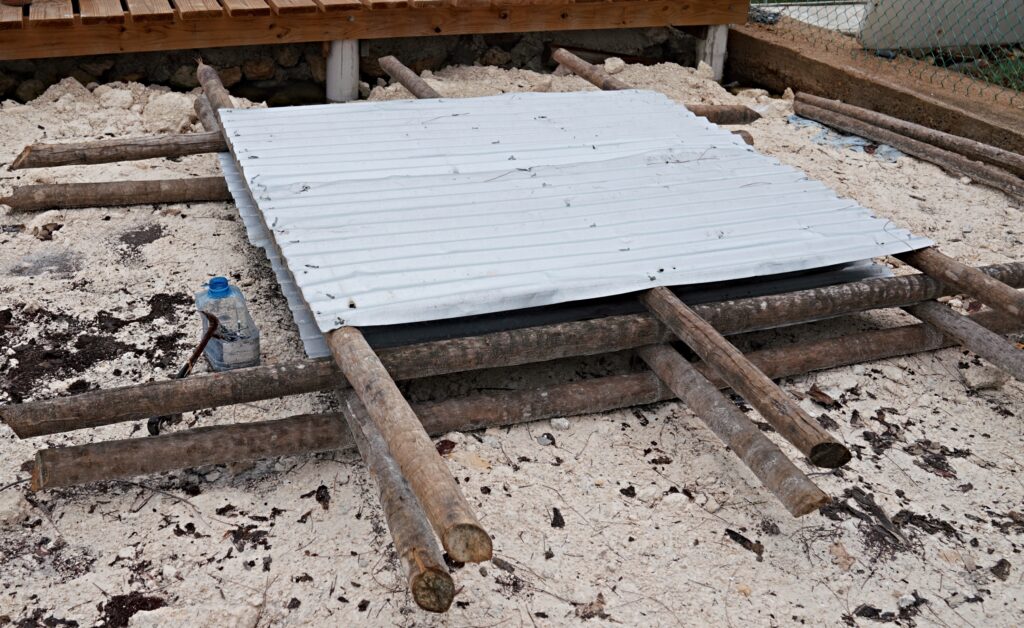
Perfilio Guzman, a founding member of the Caye Caulker Lobster Festival, shares that when the lobster season is closed, lobster traps are to be removed from the water, dried, and rebuilt. The traps are set in the water two weeks before the season starts again. He added that lobster shades can stay in the water for about two to three years.
In Placencia, Kurt Godfrey grew up free-diving for lobster. However, later in his career, he learned of “casitas” on a trip to Mexico. He shares that, unlike the lobster shades, casitas (meaning “little house” in Spanish) are made with cement and claim to be more environmentally friendly since corals can grow on it. It also can last much longer in the water than the traps and shades.
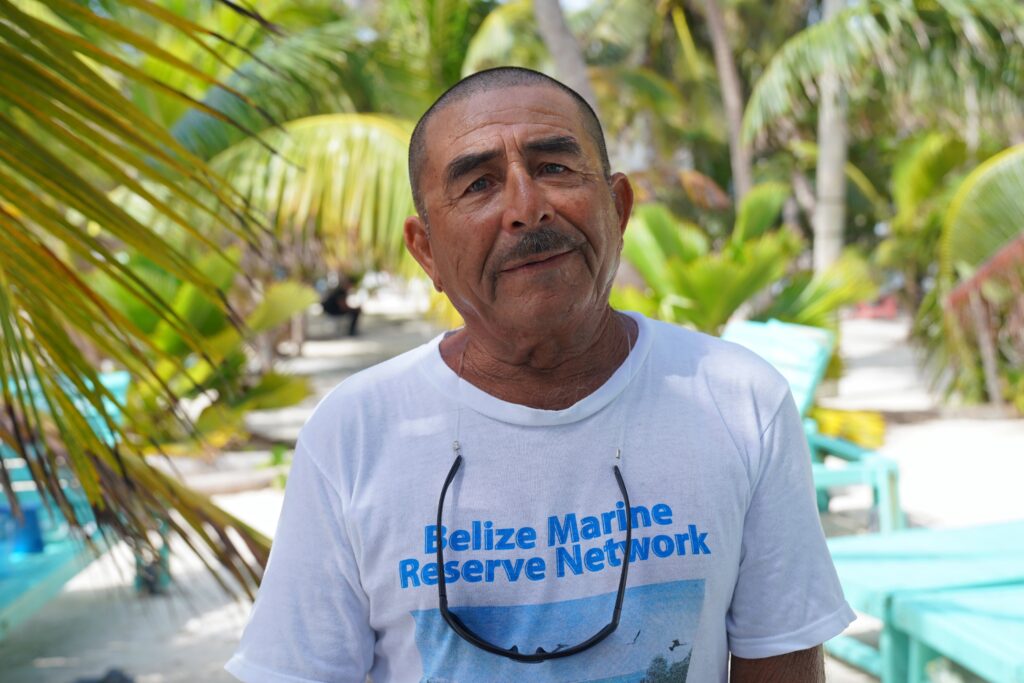
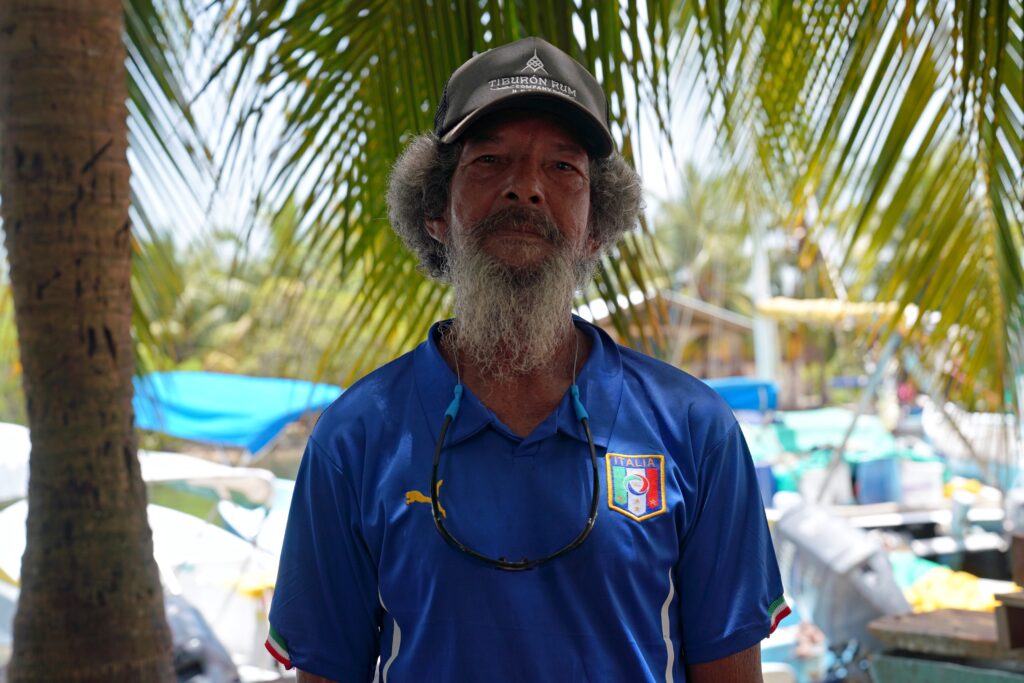
The Impact of Lobster Festivals in Belize
As the lobster festivals in Belize get bigger, attracting thousands of visitors, the demand for lobster increases. Nevertheless, fishers aren’t worried about lobster depletion. Jody Leslie, a commercial fisherman of 15 years from San Pedro, believes that patrolling during the closed season is very important because it helps to replenish lobster for the future. He added that since the festivities are at the very beginning of the season, there are plenty of lobster to meet the growing demands.
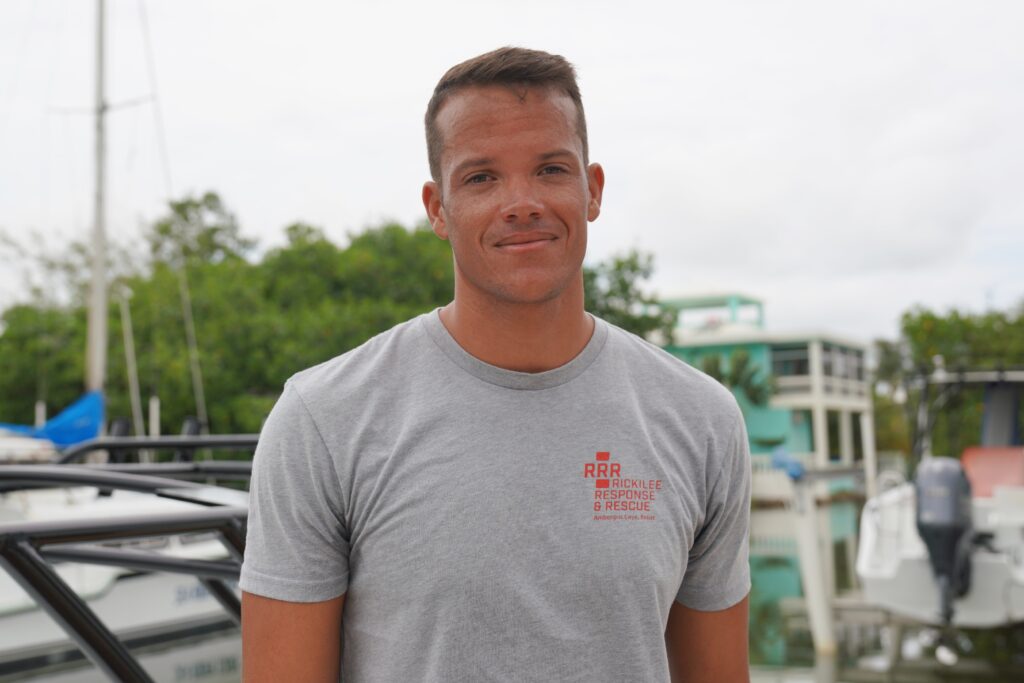
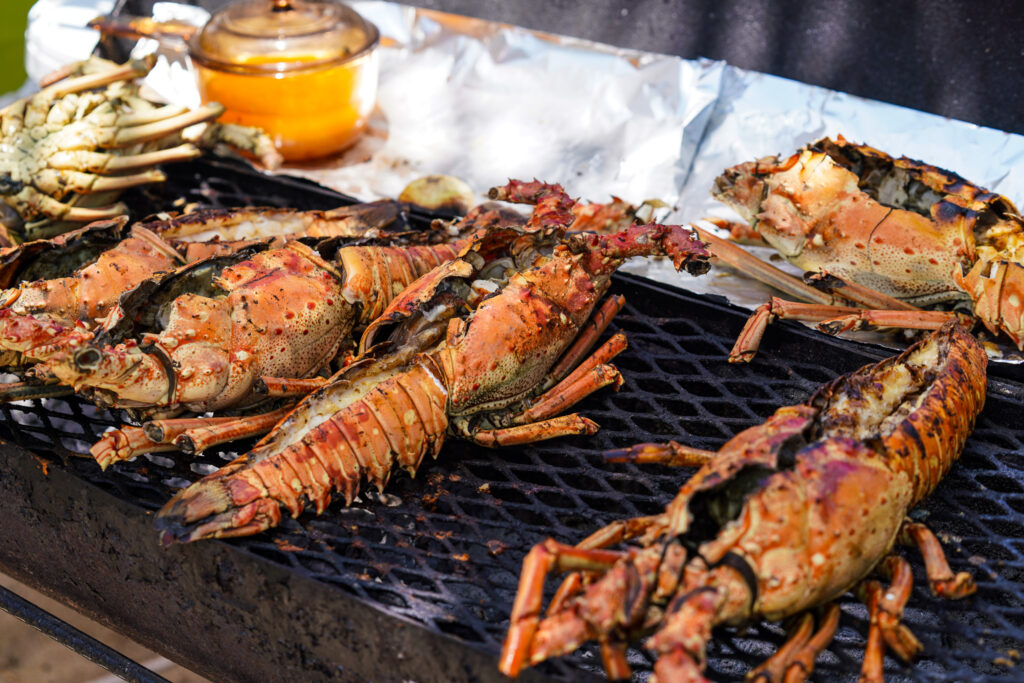
Experts in Belize cuisine, Chef Jennie Staines and Chef Rubicela Jimenez highlight the importance of sustainable Belize Lobster Festivals for the community.
Executive Chef at Elvi’s Kitchen, Chef Jennie Staines has been participating in the San Pedro Lobster Festival from its inception at the block parties to lobster crawls in recent years. She shared that as restaurateurs, they must do their part in lobster conservation by refusing soft-shelled and undersized lobsters. Chef Jennie also emphasized that it is crucial not to purchase from unlicensed fisherfolks. She doesn’t believe there will be a lobster depletion soon as Belize has a variety of other seafood, including crab claws and octopus. She emphasized that lobster sales from Lobster Festivals have an immense positive impact on fishermen’s livelihoods, generating good revenues from the event.
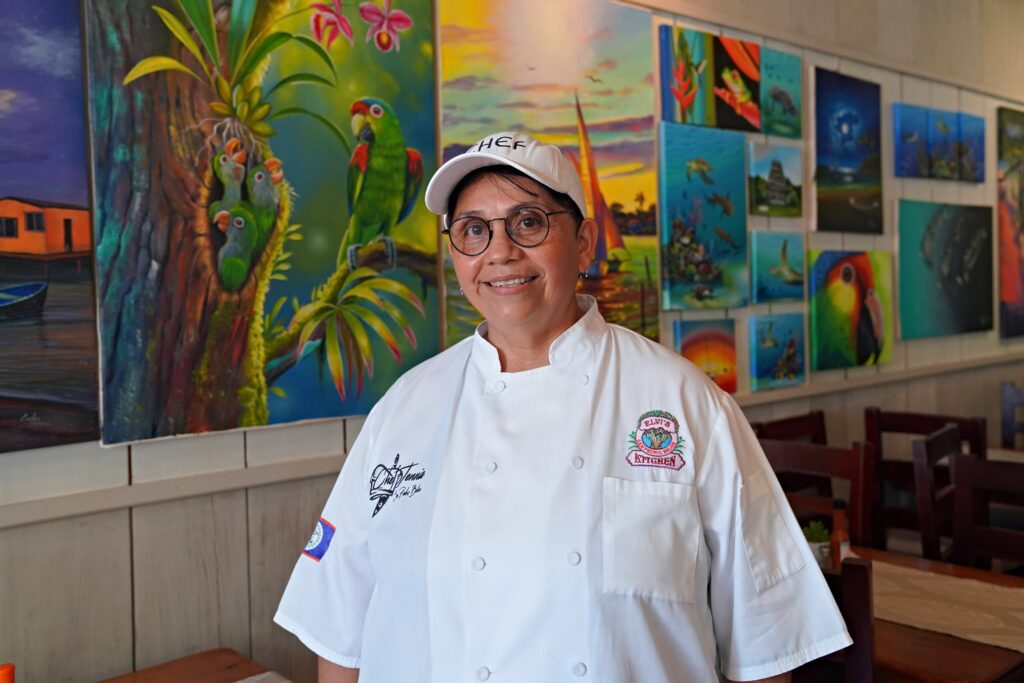
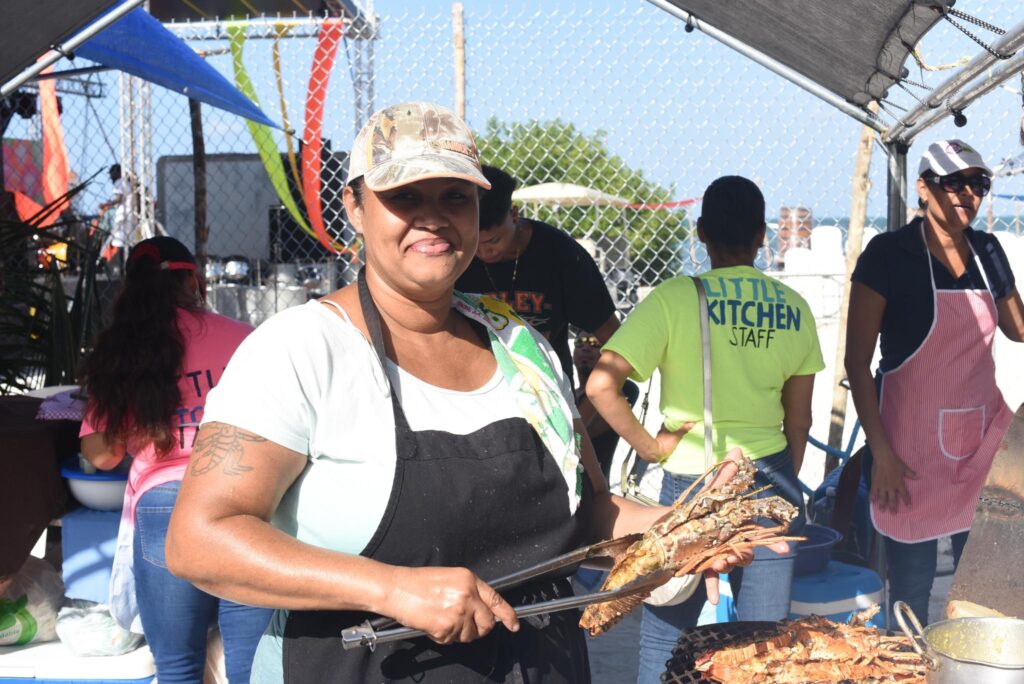
Additionally, Owner and Chef at Elba’s Little Kitchen, Rubicela Jimenez has been participating in the Caye Caulker Lobster Festival for nine years back-to-back. However, she has been working with her mom who has been a part of the event for twenty-five years since its inception. Chef Rubicela says that she sources her lobster from several fishermen. She added that depending on how many lobsters they bring each day, that’s how many she will use for her business. Chef Rubicela mentioned that she rejects lobster from fishermen who don’t follow the rules. She also believes that abiding by the laws to capture lobster will result in longevity and sustainability of future lobster festivals, especially in Caye Caulker.
The lobster festivals in Belize are more than just a celebration of this delicious seafood; they are a testament to the country’s dedication to sustainable fishing and community development.
Plan your visit to Belize and immerse yourself in the vibrant atmosphere of these unforgettable festivals!
 Belize is proud to be named WSTHA's Leading Sustainable Destination for 2024, celebrating our commitment to sustainable tourism and environmental preservation!
Belize is proud to be named WSTHA's Leading Sustainable Destination for 2024, celebrating our commitment to sustainable tourism and environmental preservation! 



